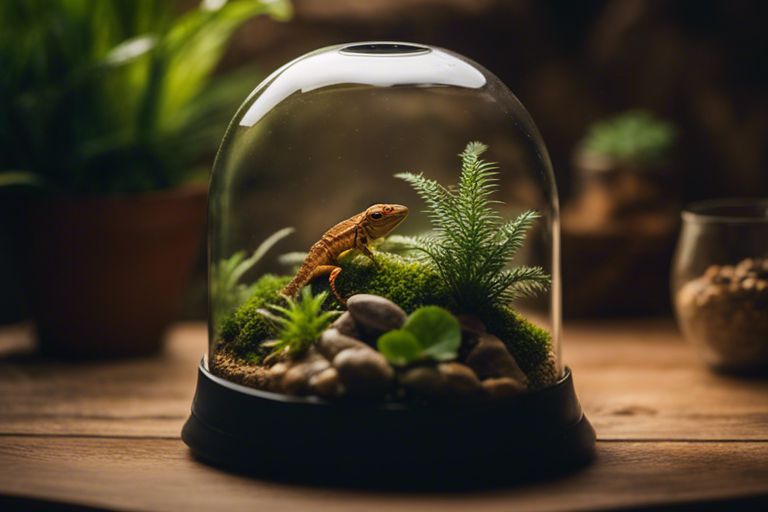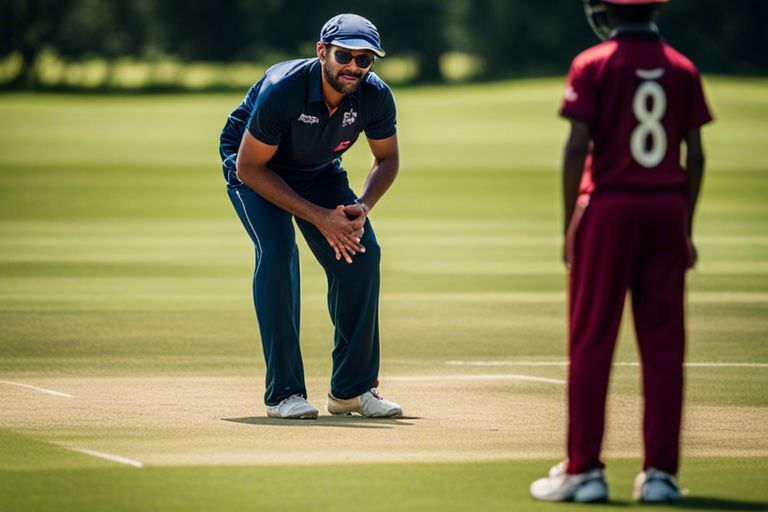Choosing the Best Reptile Keeper for Your Cricket Colony
When maintaining a healthy and thriving cricket colony for your reptiles, it is crucial to choose the optimal reptile keeper. Your reptiles rely on a steady supply of nutritious and active crickets to meet their dietary needs. The right reptile keeper not only ensures the well-being of your crickets, but also the health and well-being of your reptiles. In this post, we will discuss the most important factors to consider when choosing the best reptile keeper for your cricket colony, so you can confidently provide the best care for your beloved reptilian pets.
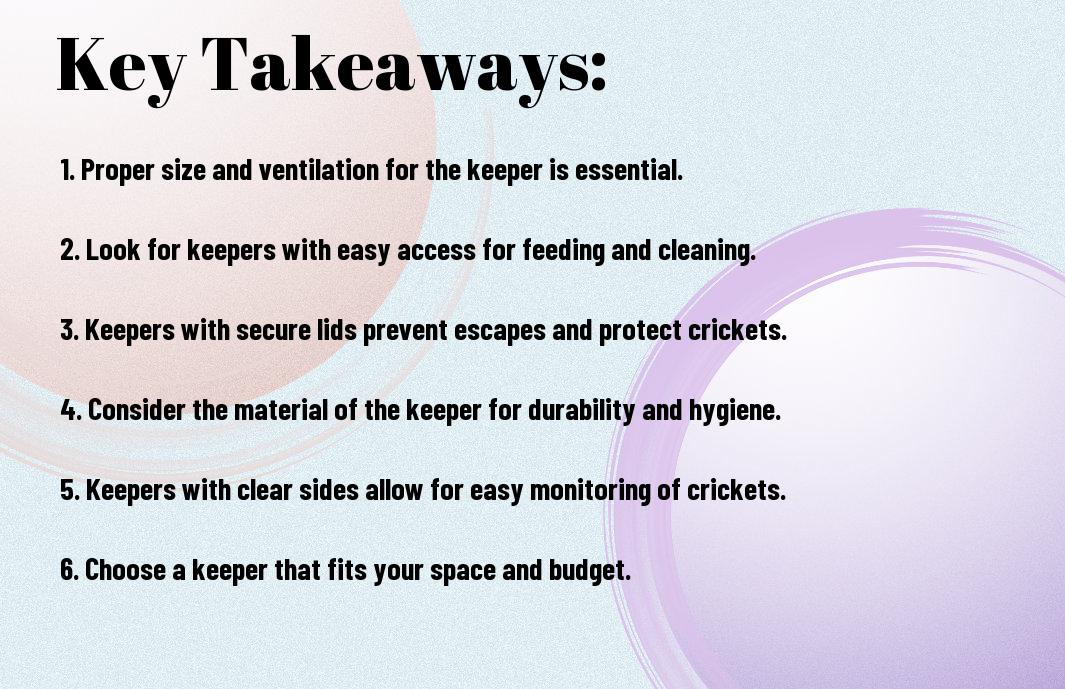
Factors to Consider When Choosing a Reptile Keeper
If you are in the market for a reptile keeper for your cricket colony, you need to carefully consider a few key factors before making your decision. Here are some important considerations to keep in mind:
- Size and Capacity: You need to ensure that the reptile keeper you choose is large enough to accommodate your entire cricket colony. Consider the number of crickets you have and make sure the keeper has plenty of space for them to move around.
- Security: It is crucial to choose a keeper that is escape-proof to prevent your crickets from getting loose in your reptile’s environment. Look for keepers with secure lids or doors to keep your crickets contained.
- Airflow and Ventilation: Adequate airflow is essential for your cricket colony’s health. Make sure the keeper you choose has proper ventilation to prevent moisture buildup and maintain a healthy environment for your crickets.
The ideal reptile keeper should meet all these criteria to ensure the safety and well-being of your cricket colony. Keep these factors in mind as you evaluate your options.
Compatibility with Cricket Species
When choosing a reptile keeper for your cricket colony, it’s important to consider the specific needs of your cricket species. Some species may require more space or different environmental conditions than others. Before making your decision, research the specific requirements of your crickets and ensure that the reptile keeper you choose can meet those needs.
Environmental Control and Habitat Requirements
Environmental control and habitat requirements are essential considerations when choosing a reptile keeper for your cricket colony. You need to ensure that the keeper can maintain the appropriate temperature, humidity, and lighting conditions for your crickets. Additionally, consider any specialized habitat requirements for your cricket species and choose a keeper that can accommodate those needs.
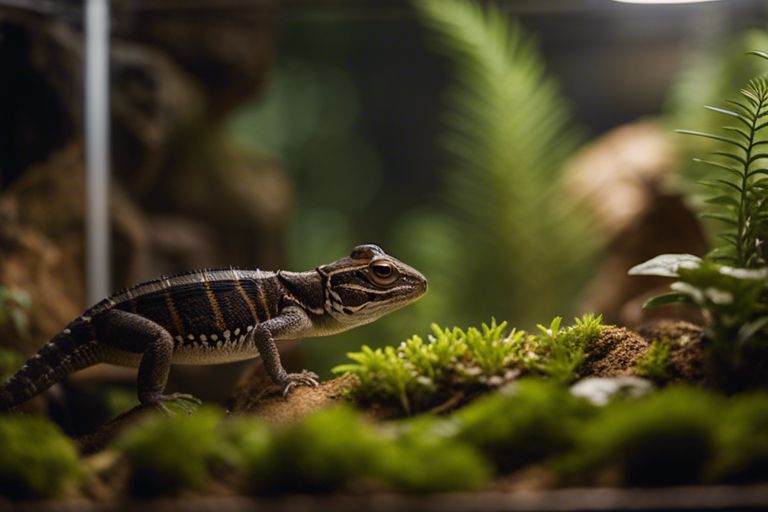
Types of Reptile Keepers
Assuming you have decided to start a cricket colony for your reptile, you will need to decide on the type of reptile keeper that best suits your needs. This decision will depend on factors such as the size of your colony, the space you have available, and your budget.
| Type of Reptile Keeper | Description |
|---|---|
| Glass Terrariums | Transparent and sturdy, suitable for displaying your cricket colony. Offers good visibility for monitoring and maintaining the environment. |
| Plastic Containers and Tubs | Lightweight and portable, this type of keeper is easy to clean and provides a secure environment for your crickets. |
| Custom-built Enclosures | Offering the most flexibility, these enclosures can be tailored to fit your specific needs and can be built to any size or shape. |
Glass Terrariums
If you prefer to showcase your cricket colony while providing a secure and well-ventilated environment, a glass terrarium may be the best option for you. These enclosures offer good visibility for observation and maintenance, allowing you to monitor your crickets easily. However, be aware that glass terrariums can be heavy and fragile, so they may not be the best choice if you need a portable solution.
Plastic Containers and Tubs
Plastic containers and tubs are a practical and cost-effective option for housing your cricket colony. They are lightweight and easy to clean, making them a convenient choice for keeping your crickets. However, they may not provide the same level of visibility as glass terrariums, and their ventilation may be limited compared to other types of keepers.
Custom-built Enclosures
If you have specific requirements for your cricket colony or need an enclosure that fits a unique space, a custom-built enclosure may be the best choice for you. This option offers flexibility and customization, allowing you to tailor the enclosure to your exact specifications. However, keep in mind that custom-built enclosures may require additional time and resources to create, and they may not be as readily available as pre-made options.
Maintenance and Upkeep
Now that you have your reptile keeper set up and your cricket colony settled in, it’s important to understand the maintenance and upkeep required to ensure the health and longevity of your crickets.
Cleaning and Disinfection
When it comes to maintaining your reptile keeper, regular cleaning and disinfection are crucial. You’ll want to make sure you clean any waste or uneaten food from the enclosure on a regular basis. Use a mild soap and water solution to clean the surfaces, and then follow up with a reptile-safe disinfectant to ensure a clean environment for your crickets. This will help prevent the spread of disease and keep your colony healthy.
Feeding and Cricket Nutrition
Feeding your crickets a nutritious diet is essential for their health. You can provide them with a variety of fruits, vegetables, and high-quality commercial cricket feed to ensure they are getting the nutrients they need. It’s important to make sure you are providing a balanced diet to your crickets to ensure they are a healthy food source for your reptile. Additionally, make sure to regularly gut-load your crickets with nutritious foods before feeding them to your reptile to pass on those nutrients.
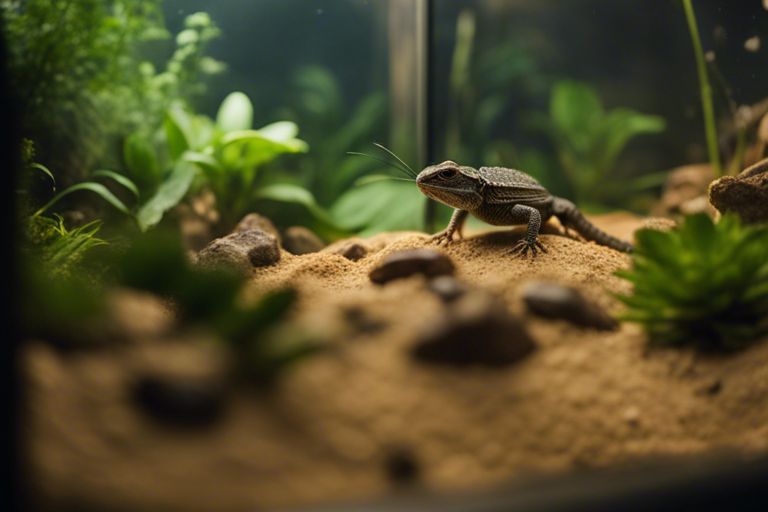
Advanced Tips and Tricks
Keep these advanced tips and tricks in mind to maintain a healthy and productive cricket colony:
- Temperature Control
- Nutrition and Gut Loading
- Maintenance and Cleaning
| Keep the temperature between 77-82°F (25-28°C) for optimal growth and breeding. | Use a heat lamp or heater to maintain consistent temperatures in the cricket enclosure. |
| Provide a balanced diet for your crickets, including fresh fruits, vegetables, and high-quality cricket feed. | Gut load your crickets with nutritious foods 24-48 hours before feeding them to your reptiles to increase their nutritional value. |
| Clean the cricket enclosure regularly to prevent the buildup of waste and bacteria. | Remove dead or sick crickets promptly to prevent the spread of disease within the colony. |
Optimizing Colony Health and Productivity
Ensuring the health and productivity of your cricket colony is essential for providing quality nutrition to your reptiles. To optimize colony health and productivity, maintain a clean and controlled environment, provide a nutritious diet, and monitor the temperature and humidity levels regularly. Additionally, regular gut loading of crickets before feeding them to your reptiles will ensure they receive essential nutrients.
Common Mistakes to Avoid
One common mistake to avoid is overcrowding the cricket enclosure, as this can lead to stress and aggression among crickets. Additionally, failing to provide adequate nutrition and gut loading can result in your reptiles receiving subpar nutrition. Furthermore, neglecting cleanliness and maintenance can lead to the spread of disease within the colony. Avoiding these common mistakes will help ensure the health and productivity of your cricket colony.
Choosing the Best Reptile Keeper for Your Cricket Colony
So when it comes to finding the right reptile keeper for your cricket colony, it’s crucial to consider their experience, knowledge, and dedication to proper care. Look for someone who understands the specific needs of crickets, such as proper diet, humidity levels, and living conditions. You want someone who is committed to creating a healthy and sustainable environment for your crickets, as they play an important role in the overall health and wellbeing of your reptile. By carefully selecting a responsible and knowledgeable reptile keeper, you can ensure that your cricket colony thrives and provides the essential nutrition your reptile requires.
Choosing the Best Reptile Keeper for Your Cricket Colony
Q: What factors should I consider when choosing a reptile keeper for my cricket colony?
A: When choosing a reptile keeper for your cricket colony, it is essential to consider the size of the enclosure, the type of reptile you have, and the number of crickets you will need. The size of the enclosure will determine the space available for the cricket colony, and the type of reptile will dictate the size and nutritional needs of the crickets. Additionally, consider the temperature and humidity requirements of your reptile and ensure the cricket keeper can meet those conditions.
Q: What are the best features to look for in a cricket keeper for reptiles?
A: The best features to look for in a cricket keeper for reptiles include ventilation, easy access for feeding, and a secure lid to prevent escape. Proper ventilation is essential to prevent the buildup of ammonia and to maintain the health of the crickets. Easy access for feeding allows for convenient maintenance of the cricket colony, and a secure lid ensures that the crickets do not escape and potentially harm your reptile.
Q: How should I maintain and clean the reptile cricket keeper?
A: To maintain and clean the reptile cricket keeper, regularly remove any uneaten food, feces, and dead crickets. It is important to keep the keeper clean to prevent the spread of bacteria and disease within the cricket colony. Additionally, periodically sanitize the cricket keeper with a reptile-safe cleaner to ensure a healthy environment for both the crickets and your reptile.
